How much Electricity do you Use? Whether you want to know how much you pay for electricity or just better understand your bill, this simple guide will show you how. First, find your utility bill EL Consumption is the total you spend on electricity. It includes a customer charge and a volumetric use charge that is determined by how much you used and how much each kWh costs. What is the fuel surcharge? If hydropower is unavailable, the diesel generators must be used. Each year, CBS budgets for fuel for generator maintenance, planned outages, and short unplanned outages. If this amount is not enough and more diesel must be used, this cost is passed on to consumers. |
Where did the blue and yellow numbers come from? 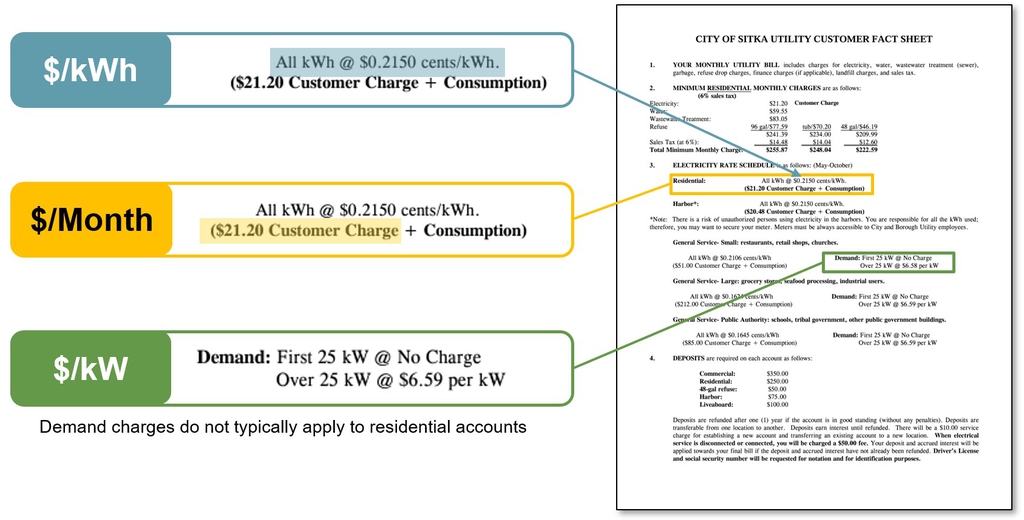 The numbers above reflect rates and charges as of August 2024 and may look different on your bill. |
Calculate how much you spend on energy To find out how much on energy in total, you will need more than just your utility bill. |
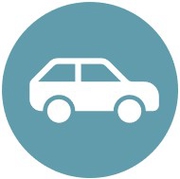 | + | 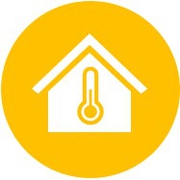 | + | 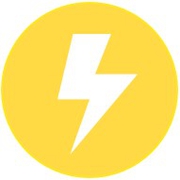 | = | 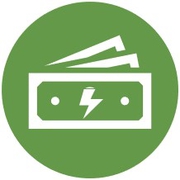 |
TransportationMoney spent on vehicle travel, typically cars, but can include air and boat travel | Space HeatingMoney spent on heating your home, water or food. This can include fuel oil, wood, or natural gas. If your home heat is electric, or other appliances, it will be included under the electricity portion. | ElectricityThe portion of your utility bill that you spend on electricity. If your home heat is electric, or other appliances, it will be included here. | Your Energy Spending |
Energy spending calculators vary greatly. Bolded items are most commonly used across the country Compare Energy Affordability To compare energy spending, there are a few tools that can be used that use a metric called energy burden. Energy burden can be calculated by taking the total spent on energy and diving it by income. Multiplying this number by 100 will yield a percent. For housing energy burden, energy bills that consume more than 6% of a single household’s income are defined to constitute a high energy burden by the 2020 ACEEE Report. Energy bills that consume more than 10% of a single household's income is considered severely energy burdened. |
Low-Income Energy Affordability Data | State and Local Planning for Energy |
Schedule an Energy Workshop!
Want to be more involved?
 (1).png?width=1024)
To be considered at the next Assembly Meeting, submit applications to the Clerk's Office today!